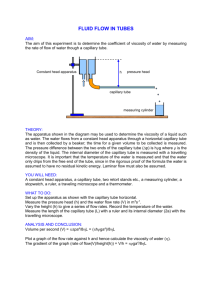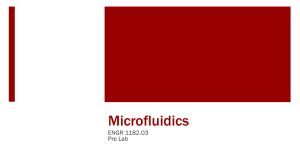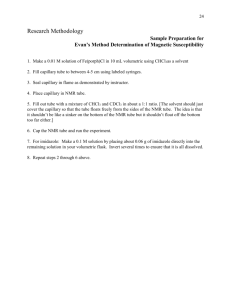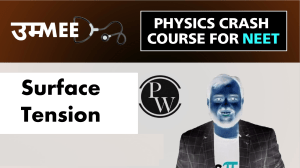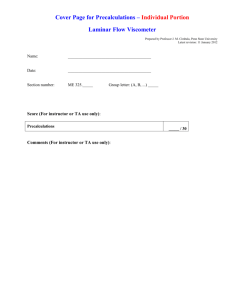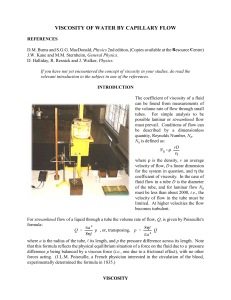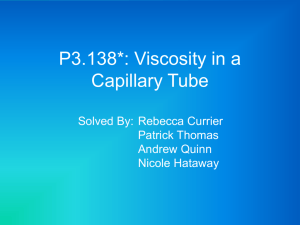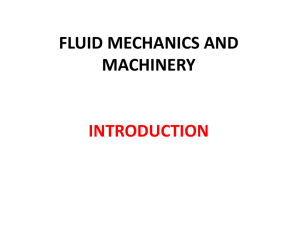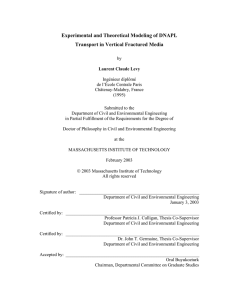ATHARVA TUTORIALS Assignment Diploma Students Subject
advertisement
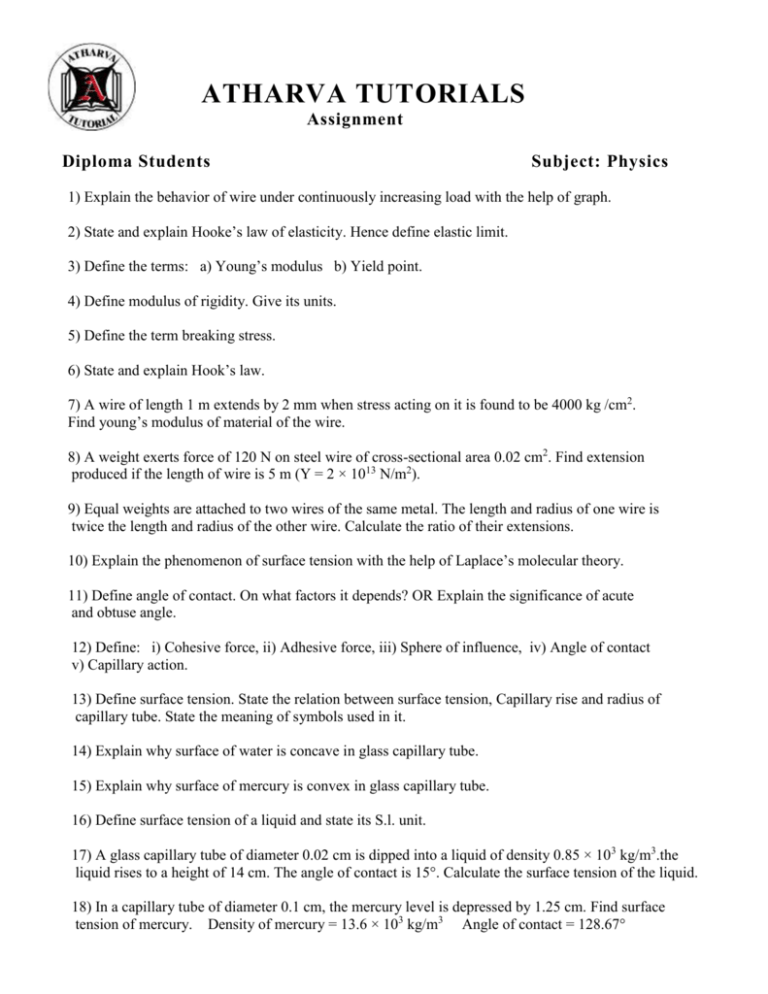
ATHARVA TUTORIALS Assignment Diploma Students Subject: Physics 1) Explain the behavior of wire under continuously increasing load with the help of graph. 2) State and explain Hooke’s law of elasticity. Hence define elastic limit. 3) Define the terms: a) Young’s modulus b) Yield point. 4) Define modulus of rigidity. Give its units. 5) Define the term breaking stress. 6) State and explain Hook’s law. 7) A wire of length 1 m extends by 2 mm when stress acting on it is found to be 4000 kg /cm2. Find young’s modulus of material of the wire. 8) A weight exerts force of 120 N on steel wire of cross-sectional area 0.02 cm2. Find extension produced if the length of wire is 5 m (Y = 2 × 1013 N/m2). 9) Equal weights are attached to two wires of the same metal. The length and radius of one wire is twice the length and radius of the other wire. Calculate the ratio of their extensions. 10) Explain the phenomenon of surface tension with the help of Laplace’s molecular theory. 11) Define angle of contact. On what factors it depends? OR Explain the significance of acute and obtuse angle. 12) Define: i) Cohesive force, ii) Adhesive force, iii) Sphere of influence, iv) Angle of contact v) Capillary action. 13) Define surface tension. State the relation between surface tension, Capillary rise and radius of capillary tube. State the meaning of symbols used in it. 14) Explain why surface of water is concave in glass capillary tube. 15) Explain why surface of mercury is convex in glass capillary tube. 16) Define surface tension of a liquid and state its S.l. unit. 17) A glass capillary tube of diameter 0.02 cm is dipped into a liquid of density 0.85 × 103 kg/m3.the liquid rises to a height of 14 cm. The angle of contact is 15°. Calculate the surface tension of the liquid. 18) In a capillary tube of diameter 0.1 cm, the mercury level is depressed by 1.25 cm. Find surface tension of mercury. Density of mercury = 13.6 × 103 kg/m3 Angle of contact = 128.67° 19) A capillary tube of radius 0.05 cm is dropped in water. How far will the water rise in the tube ? Given surface tension of water is 7×10 –2 N/m. Density of water = 1×103 kg/m3.angle of contact is 0°, density of water is 103 kg/m3, g = 9.8 m/s2. 20) A capillary tube of radius 0.06 cm is dipped in pure water. How far will the water rise in the tube if surface tension of water is 7.0 ×10–2 N/m. Density of water = 1× 103 kg/m3. 21) State Newton’s law of viscosity. 22) Define velocity gradient. 23) State Stoke’s law and state formula for terminal velocity. 24) Explain significance of Reynold’s number. 25) State Stok’S law of viscosity and state the formula for coefficient of viscosity. 26) State Newton’s law of viscosity. Define velocity gradient .State the formula for viscous force, hence define 1 poise. 27) A spherical ball of diameter 3 mm and density 7.8×103 kg/m3 falls vertically through the oil of tall jar and attains a terminal velocity of 0.231 m/s. If density of oil is 1.2 × 103 kg/m3, find coefficient of viscosity of oil. 28) A spherical steel ball of diameter 6 mm and density 7.2 × 103 kg/m3 falls with terminal velocity of 0.24 m/s through glycerine . Find the coefficient of viscosity of glycerine . Given: density of glycerine = 1.26 × 103 kg/m3 and g = 9.8 m/s2. 29) A force of 8 N is required to move a solid horizontal surface over a liquid of surface area 0.25 m2 with a velocity of 0.05 m/s. If the thickness of the liquid layer is 2 mm, calculate the coefficient of viscosity. 30) State Snell’s law of refraction. 31) What is interference of light ? 32) What is constructive and destructive interference? 33) State Conditions for constructive and destructive interference. 34) Refractive index of glass with respect to air is 1.5. Refractive index of water with respect to air is 1.2. Calculate refractive index of glass with respect to water. 35) Explain ‘photoelectric effect’. 36) State Characteristics of photoelectric effect. 37) State Einstein’s equation of photoelectric effect. 38) State whether photoelectron possess K.E. in following cases or not : i) If 𝜐 < 𝜐0 ii) If 𝜐 = 𝜐0 iii) If 𝜐 > 𝜐0 Where 𝜐 – frequency of incident radiation 𝜐0 − threshold frequency 39) If the energy of light incident on photosensitive material is equal to work function of that material, calculate velocity with which photoelectrons are emitted. 40) The energy of a photoelectron is 3.3 eV. what is its frequency ? 41) The photoelectric work function of a certain metal is 2.92 × 10–10 J. Calculate its threshold frequency. 42) The threshold frequency of a metal is 1.11 × 1015 Hz. If a light of frequency 1.49 × 1015 Hz is made incident on the metal plate, Calculate the maximum kinetic energy of the ejected photoelectron. 43) Find the energy of quantum for wavelength 6000 A°, velocity of light = 3 × 108 m/s and Planck’s constant = 6.625 × 10–34 js. 44) Find the maximum K.E. of photoelectrons ejected from surface of metal of light of frequency 2 × 1015 Hz ( Given threshold wavelength for metal = 5200 A°).
